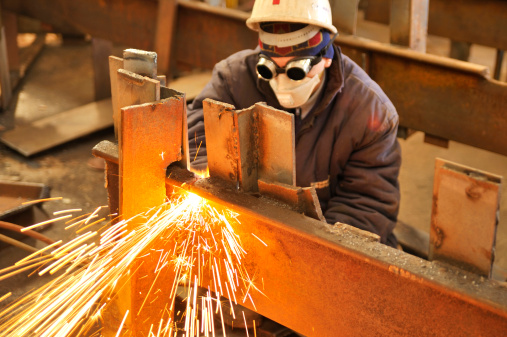The recession may have ended almost three years ago, but many American workers fell it was only yesterday when the jobless rate rose into double digits and the economy was shedding more than 500,000 jobs a month. Perhaps it is appropriate. No matter what the objective data says, unemployment at over 7% remains above the 5% that most experts consider “normal” for a period of recovery. Real income for many Americans has not risen for a decade. A large number of the positions added since the start of the recession are part-time and do not carry benefits. A huge portion of the baby boomers do not have adequate nest eggs for retirement, and may have to work well into their 70s to maintain anything close to current life styles. Perhaps worst of all, more than four million Americans are considered “long-term unemployed” — out of work for more than 29 weeks — and, in most cases, without prospects.
New research shows:
Nearly five years since the start of the global financial crisis that spurred up to 10% unemployment in 2009 and an associated spike in job worries among U.S. workers, employed Americans continue to express elevated concerns about their job security. Workers’ worries about having their benefits and wages reduced, their hours cut back, and being laid off surged between 2008 and 2009, and time has not alleviated these concerns.
The information begs the question of which comes first — increase in employment or improvement in gross domestic product (GDP). If consumers are indeed the engine of the American economy, it is hard to make the case that people with finances stretched beyond the breaking point are likely to be big spenders. Without a GDP recovery, businesses will remain gun-shy about adding to payrolls.
Another thing that is clear to most Americans is that businesses have been able to suck more productivity out of many workers. Anxious employees likely are willing to do more and take less to hang on to whatever jobs they have. Beyond that, there is the specter of a manufacturing economy that has become more and more automated, replacing workers in a manner in which they probably will never be replaced.
Gallup concludes:
A great deal has transpired economically, as well as politically, in the five years since the 2008 global financial crisis unfolded. Among the more positive changes are the decrease in unemployment after it reached frightening levels in 2009 and 2010, and the surge in the stock market. Along the way, Americans’ confidence in the economy plummeted, but has since recovered to nearly positive territory.
Nevertheless, heightened fear among U.S. workers about their employment security, pay, and benefits stubbornly persists. This is particularly true among workers on the lowest economic rung, but is also evident to some degree among all workers.
That explanation is reasonable but not adequate. The ripple effect of this anxiety could dog the economy for years.
The Average American Has No Idea How Much Money You Can Make Today (Sponsor)
The last few years made people forget how much banks and CD’s can pay. Meanwhile, interest rates have spiked and many can afford to pay you much more, but most are keeping yields low and hoping you won’t notice.
But there is good news. To win qualified customers, some accounts are paying almost 10x the national average! That’s an incredible way to keep your money safe and earn more at the same time. Our top pick for high yield savings accounts includes other benefits as well. You can earn up to 3.80% with a Checking & Savings Account today Sign up and get up to $300 with direct deposit. No account fees. FDIC Insured.
Click here to see how much more you could be earning on your savings today. It takes just a few minutes to open an account to make your money work for you.
Our top pick for high yield savings accounts includes other benefits as well. You can earn up to 4.00% with a Checking & Savings Account from Sofi. Sign up and get up to $300 with direct deposit. No account fees. FDIC Insured.
Thank you for reading! Have some feedback for us?
Contact the 24/7 Wall St. editorial team.




